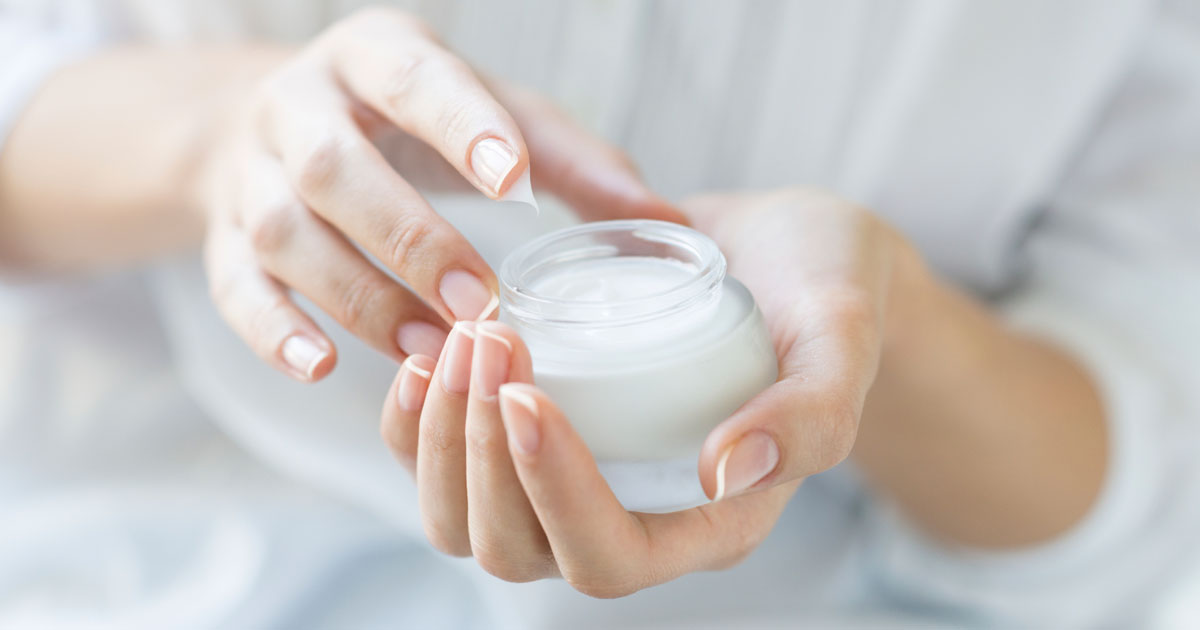How Effectively Treat A Vitamin E Deficiency
Vitamin E is one of the many vitamins we need for a healthy immune system. The fat-soluble substance also has antioxidant qualities. Vitamin E can be found naturally in multiple different foods, and some foods have additional levels to help individuals consume more. Most individuals aren't at risk of a vitamin E deficiency, but those with underlying health conditions might develop one. However, it is important to understand taking too many high doses of vitamin E has the potential to increase the risk of bleeding. Symptoms of vitamin E deficiency can include muscle pain and weakness, general feelings of unwellness, difficulty with coordination and walking, and visual disturbances. Any of these are reasons to speak to a doctor.
Learn about the best ways to treat a vitamin E deficiency now.
Oral Vitamin E Supplements
If an individual has a vitamin E deficiency, they can use oral vitamin E supplements to help correct it. Individuals who are not certain whether they are deficient in vitamin E or not should talk to a doctor before taking supplements. The symptoms of a deficiency can be caused by a wide variety of other issues, and neurological problems are always a reason to be medically evaluated. Because most individuals already have enough vitamin E in their diet, patients should be cautious about taking too much. Before starting vitamin E supplements to treat a deficiency, patients should tell their doctor if they have certain medical conditions, including retina damage, a vitamin K deficiency, diabetes, bleeding disorders, heart disease, previous heart attacks or strokes, liver disease, head cancer, and neck cancer. Patients planning to undergo surgery should stop consuming vitamin E supplements at least two weeks before the procedure to avoid complications. Certain medications may interact with the supplements. For instance, taking vitamin K and vitamin E supplements together might decrease the former's effects.
Keep reading to learn more about treating a vitamin E deficiency now.
Topical Vitamin E

The typical first line of treatment for a vitamin E deficiency is oral supplements, though topical vitamin E can also be used. There are tubes of hand cream and other topical ointments infused with vitamin E and moisturizing ingredients, and some cosmetics have vitamin E infusions. If individuals use vitamin E on their skin, the substance should penetrate the dermis and epidermis. The epidermis is the outermost layer of skin, while the dermis is the layer underneath. It doesn't take a lot of vitamin E to raise the skin's levels. By applying a solution with a concentration of just 0.1 percent, patients will see a measurable increase in their skin's vitamin E levels. Studies have shown topical vitamin E causes the dermis to have a marked increase in vitamin E, though the concentration stays lower than in other parts of the body. Some studies show the substances found in the skin are different if individuals use topical vitamin E rather than just dietary supplements.
Get more information on treating a vitamin E deficiency now.
